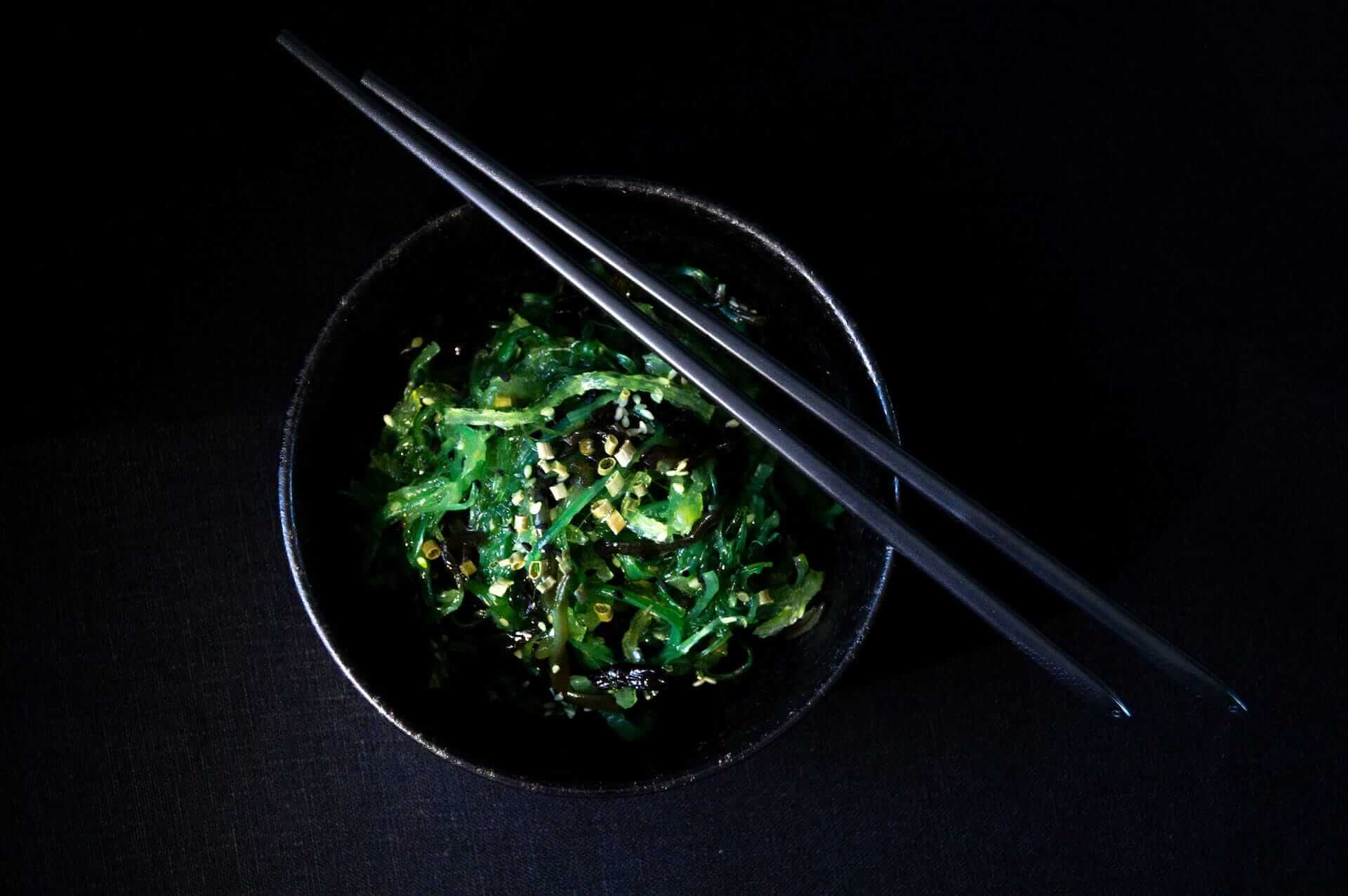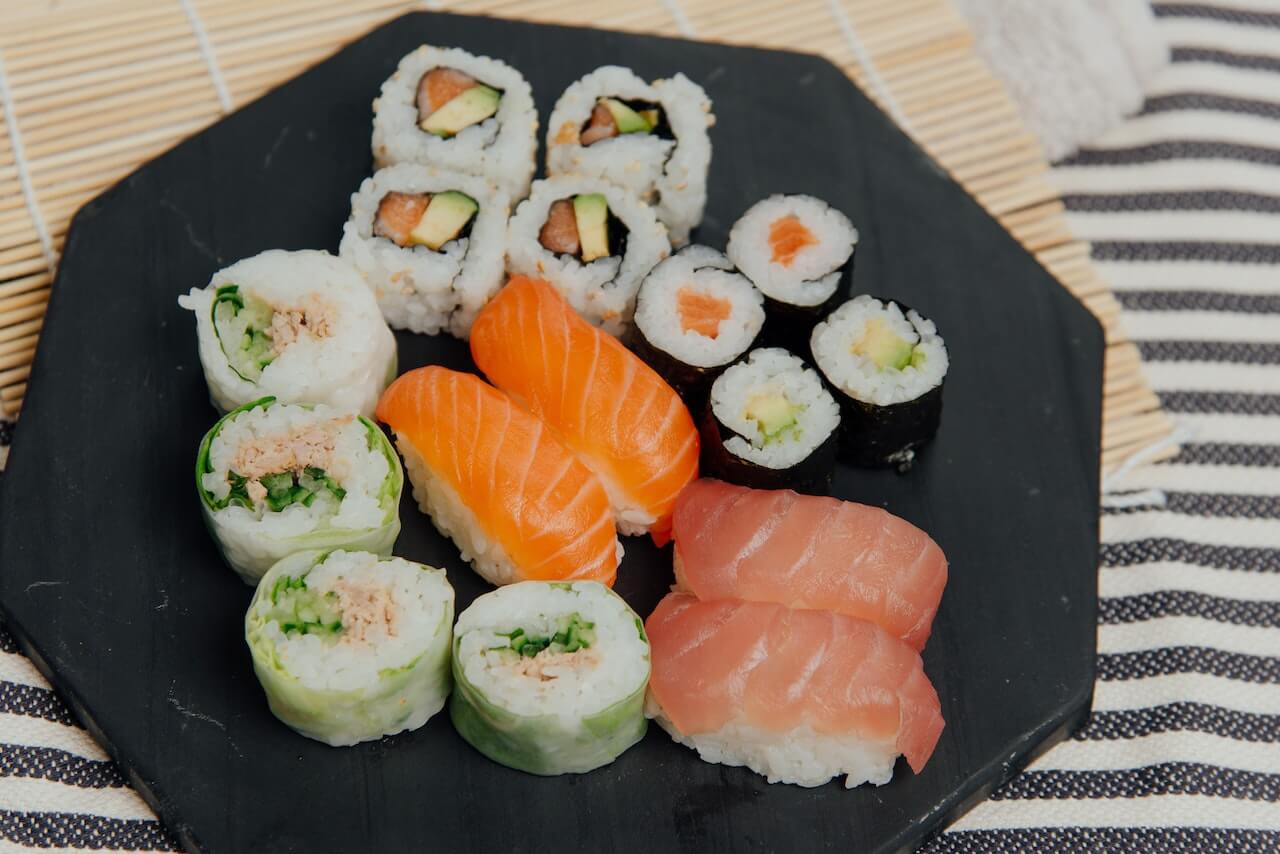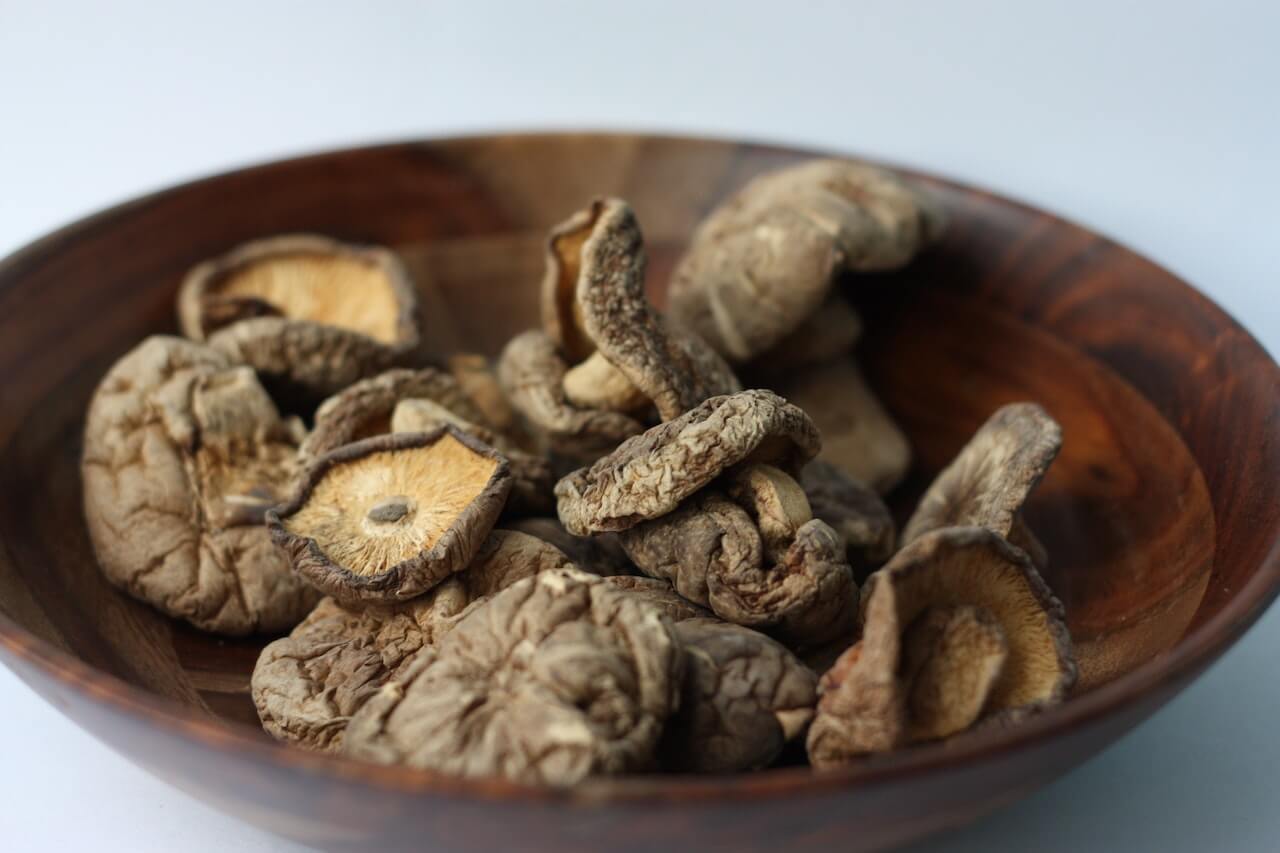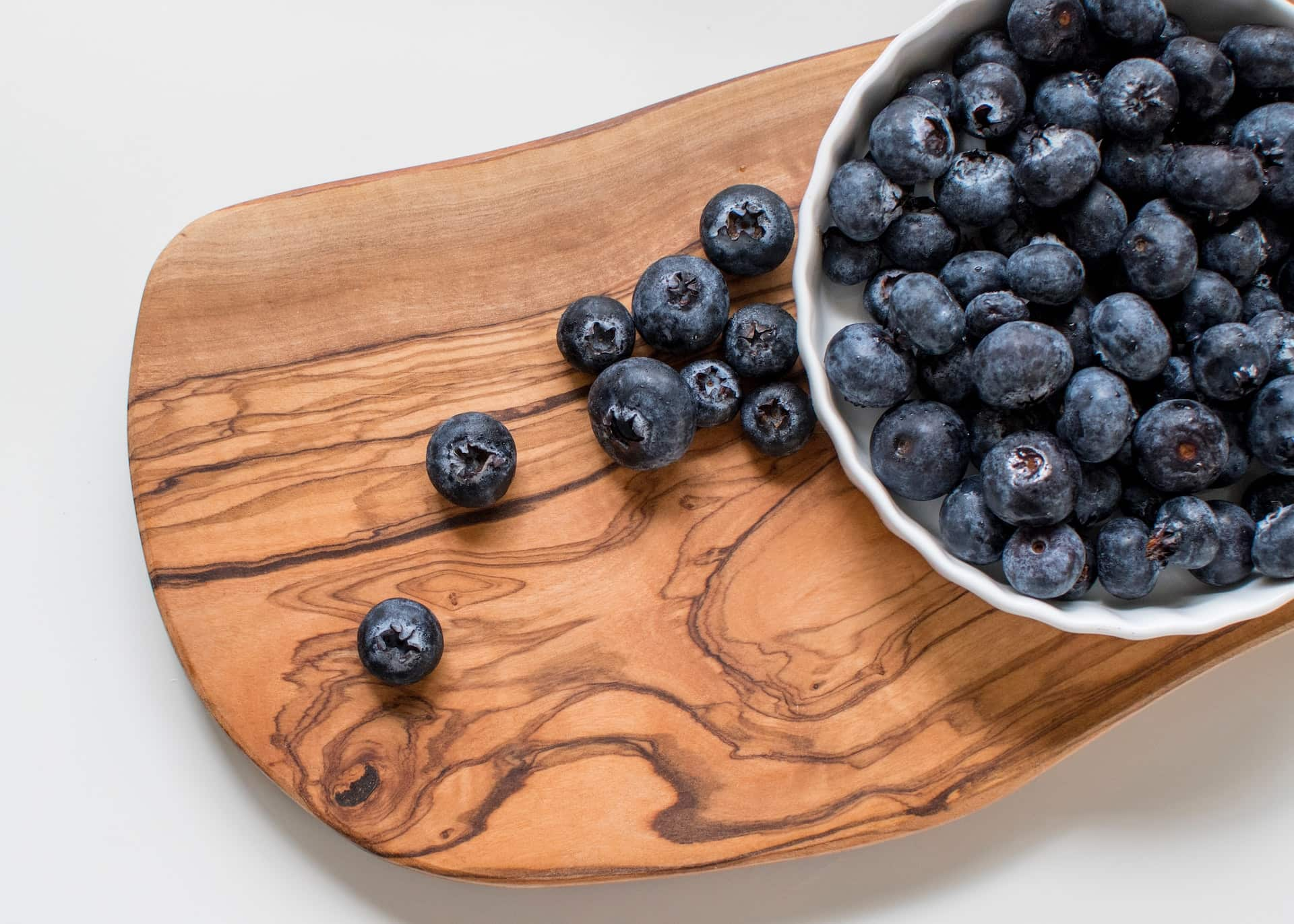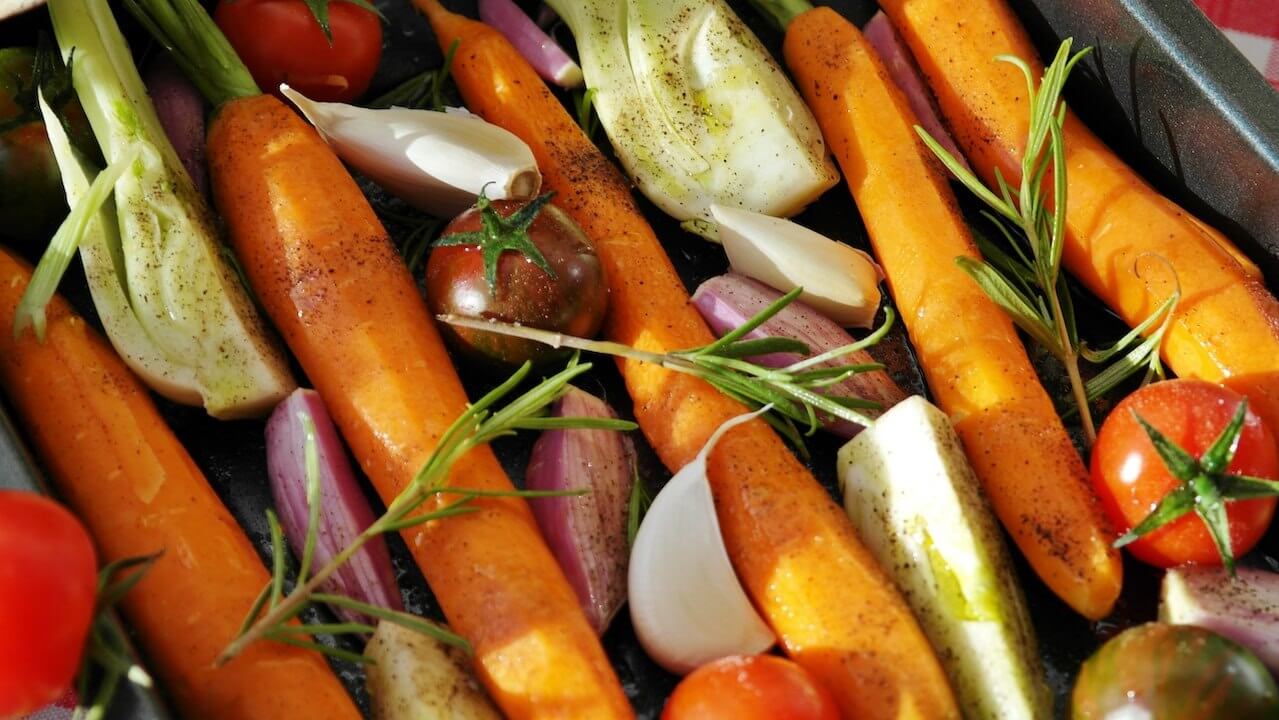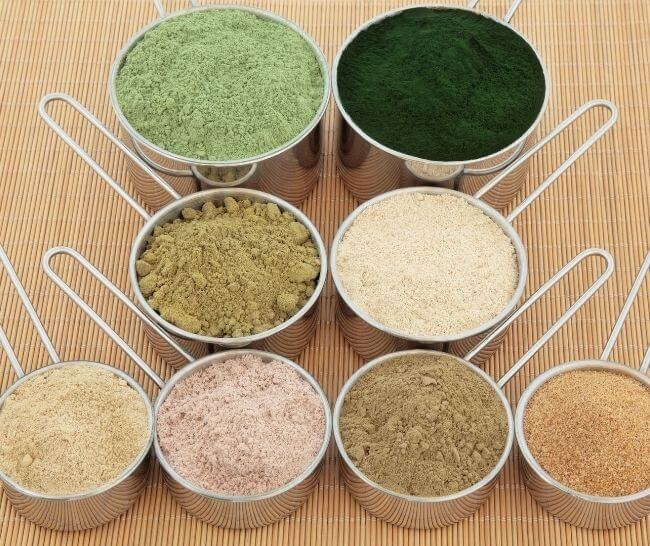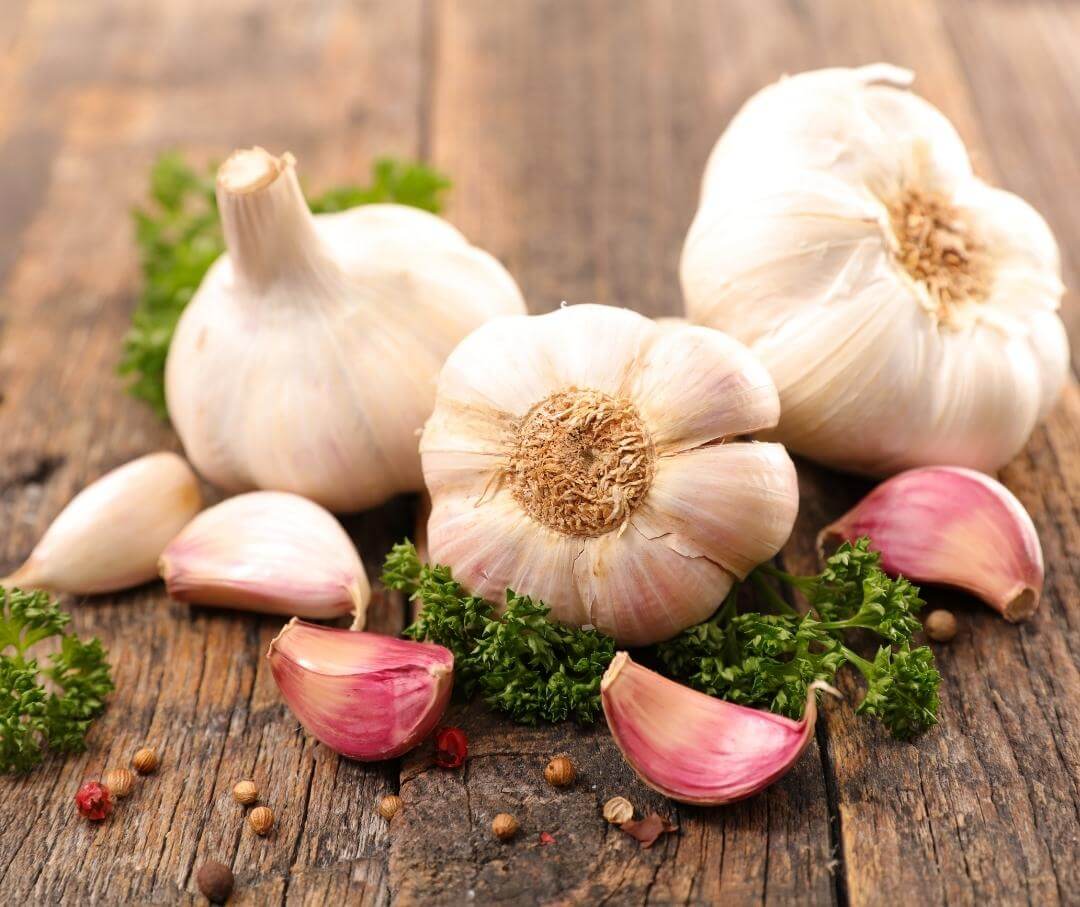Seaweed is a type of algae that grows in the ocean and is abundant with minerals that are easy for the body to break down. Adding seaweed to the diet may have several health benefits, including improving thyroid function, digestive health, and weight loss.
What is Seaweed?
Seaweed is a type of marine algae that grows along rocky shorelines worldwide. It has been used in Asian cuisine for centuries in Japan, Korea, and China. However, its popularity is increasing in other parts of the world.
There are many different types of seaweed, including:
Wakame
This kelp species is native to the cold, temperate coasts of the northwest Pacific Ocean. It has a subtly sweet but distinctive and strong flavor and texture as an edible seaweed. It is most often served in soups and salads.
Dulse
Dulse has been a popular snack in Scotland and Ireland for generations. It is red in color and grows on the northern coasts of the Atlantic and Pacific Oceans.
Kombu
Kombu is dried edible sea kelp mainly used to make broth in Japanese cooking. It has a subtle but savory taste when boiled.
Kelp
Kelp is a large, brown seaweed that grows in shallow waters on the coast worldwide. The color, flavor, and nutrient profile slightly differ from the nori used in sushi.
Sea lettuce
Sea lettuce can be eaten fresh; however, it is much more flavorful when dried. It has a cucumber-umami flavor. This seaweed is dehydrated and eaten as crisps or crumbled over soups, stews, and salads.
Nori
One of the most commonly consumed seaweeds, Nori is a red seaweed that usually comes pressed into thin, dark green or black, dried sheets. These are often eaten as a snack or used to make sushi rolls.
Arame
Arame is a dark brown seaweed that comes in strands. It is used in Japanese cuisine. Its mild flavor makes it versatile for many uses.
Chlorella
Chlorella is a single-celled, freshwater alga that grows in Taiwan and Japan. It is commonly used as a health supplement.
{{mid-cta}}
The Nutritional Profile of Seaweed
Seaweed is one of the best foods for metabolic health. The nutritional profile of seaweed depends upon the location and water in which it grows. However, all seaweeds have a robust vitamin and mineral profile.
Seaweed is rich in antioxidants, vitamins, minerals, and protective pigments. It contains small amounts of vitamins A, C, E, and K and folate, zinc, sodium, calcium, and magnesium. It is also a source of iodine, a trace mineral important for the health and function of the thyroid.1
The nutrients per two-tablespoon serving of Wakame seaweed:
- Calories: 4.5
- Fat: 0g
- Sodium: 87.2mg
- Carbohydrates: 0.9g
- Fiber: 0g
- Sugars: 0g
- Protein: 0.3g
- Magnesium: 10.7mg
- Calcium: 15mg
- Iron: 0.2mg
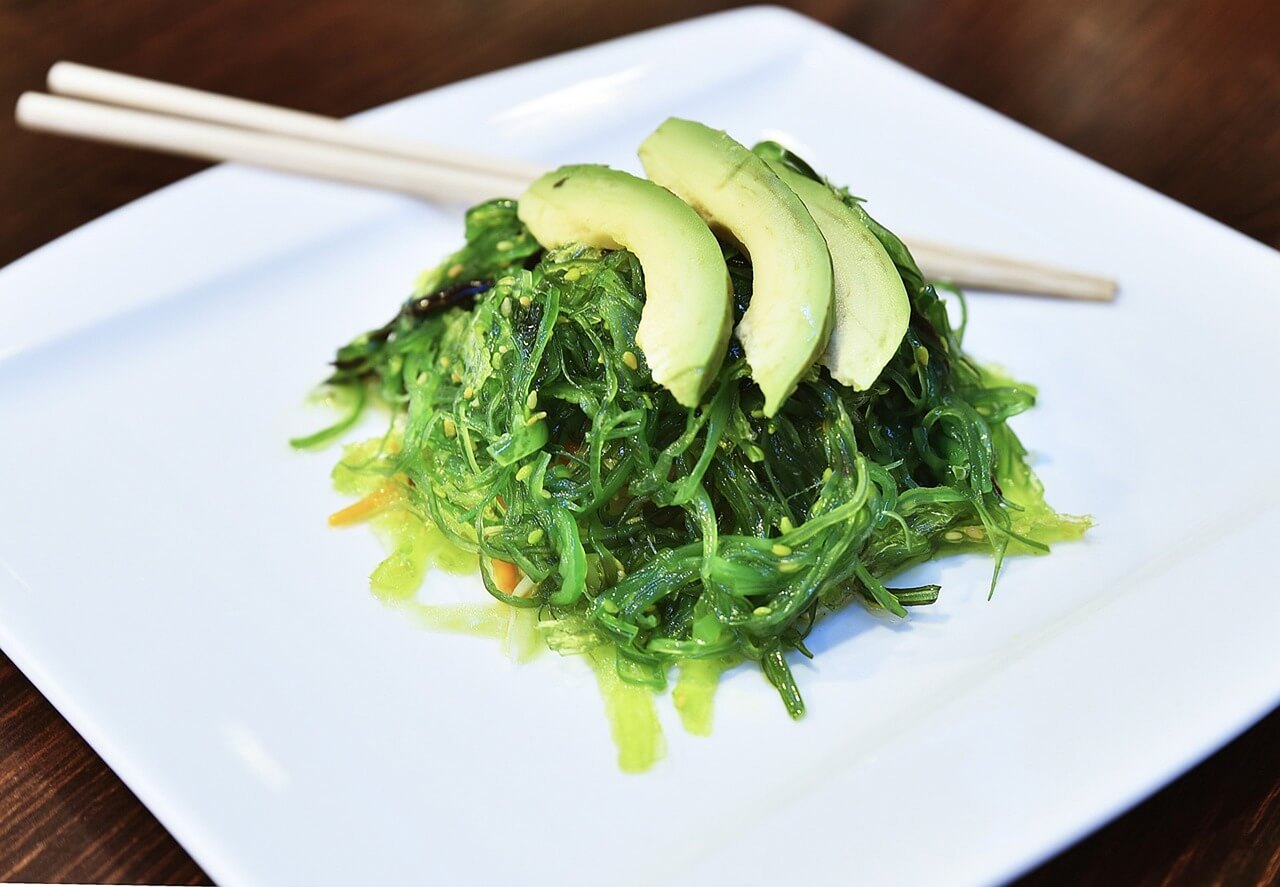
6 Health Benefits of Eating Seaweed
1. May improve gut health
Seaweed is a good source of fiber and polysaccharides that promote gut health. Fiber is about 25-75% of seaweed’s dry weight, depending on the type.
Fiber is indigestible and can be used as a fuel source for good gut bacteria in your large intestine. Sugars found in seaweed called sulfated polysaccharides have been shown to increase the growth of healthy gut bacteria.6,7,8
The polysaccharides also increase the production of short-chain fatty acids (SCFA), which support the cells in the lining of the gut.9,10
2. May support weight loss
Seaweed is low in calories and high in fiber. Fiber helps increase satiety and keeps you feeling full for longer. It also contains fucoxanthin, which may contribute to increased metabolism and fat loss.11
3. May boost immune health
Gut health and immunity are closely related. A healthy gut microbiome can bolster the immune system.12
Some researchers believe that seaweed may help to boost the immune system by fighting viruses and preventing illness. More studies are needed, however.
4. May prevent heart disease, type 2 diabetes, and cancer
Seaweed may help reduce blood cholesterol levels.13
It also contains carbohydrates called fucans, which are shown to prevent excessive clotting that may cause heart disease.14,15
Some animal studies suggest that seaweed may also help lower blood pressure.
Fucoxanthin, alginate, and other compounds found in seaweed may help lower your blood sugar levels and reduce your risk of diabetes.16
Eating seaweed may reduce the risk of developing certain cancers. The compound fucoidan may have antioxidant and anti-tumor effects. Evidence is limited, and more conclusive research is needed.17
5. May improve thyroid function
The thyroid gland releases hormones that control growth, metabolism, reproduction, and repair cell damage. However, the thyroid needs iodine to make these hormones.3,4
Seaweed is a good source of iodine. It also contains the amino acid tyrosine, which is used alongside iodine to make two key hormones that help the thyroid gland do its job properly.5
6. Packed with protective antioxidants
Oxidative stress and excess production of free radicals are associated with increased disease risk, particularly for type 2 diabetes and heart disease.18
Seaweed contains various antioxidants, including vitamins A, C, and E, carotenoids, and flavonoids. These antioxidants protect your body from cell damage.19
Seaweed and Blood Sugar Levels
Fiber-rich foods like seaweed may help manage diabetes. High fiber consumption helps regulate blood sugar levels and insulin levels. Consuming seaweed may help increase fiber intake without a large increase in calories.6
The fiber found in seaweed may also help manage hyperglycemia and prevent blood sugar spikes.
One animal study found that specific compounds in one type of seaweed may directly decrease markers of type 2 diabetes, such as high blood sugar.21
These compounds may also lower diabetes risk factors like inflammation and insulin sensitivity. Further research in humans may help provide stronger evidence for using these compounds.
Potential Side Effects of Seaweed
Although seaweed is considered a highly nutritious food, there may be some downsides to consuming too much. This is mostly due to the potential absorption of water contaminants.
Excessive amounts of iodine
While the body needs iodine to function properly, excessive amounts can be just as detrimental to health as a deficiency. Seaweed contains high levels of iodine that can be dangerous when over-consumed.
Seaweed is water-soluble, so cooking it can alter the iodine content. When kelp is boiled for 15 minutes, up to 99% of its iodine content can be lost.22 If you have symptoms like swelling in the neck or unexpected weight fluctuations, lower your intake of iodine-rich foods and talk with your doctor.
Heavy metal load
Seaweed absorbs and stores many nutrients and minerals from its environment. That is why it has such a robust nutrition panel.
This ability to absorb minerals from the environment can contribute to a heavy metal load. Seaweed may contain large amounts of toxic heavy metals such as cadmium, mercury, and lead.23
However, the heavy metal content of seaweed is usually below the maximum allowable threshold in most countries.24
Recent research examining the heavy metal content of 8 different seaweeds from Asia and Europe found levels that posed no serious health risks.25
If you eat seaweed often and in high quantities, these heavy metals could potentially accumulate in your body over time.
If possible, buy organic seaweed, as it’s less likely to contain significant amounts of heavy metals.
Medication interferences
Seaweed is high in potassium, which can harm people with kidney disease. Seaweed also contains vitamin K, which could interfere with blood-thinning medications such as Warfarin.
You may want to limit or avoid seaweed consumption if you have chronic kidney disease or are taking blood thinners.
How to Eat Seaweed
Seaweed is very versatile, and since there are various types with different flavor profiles, there are many ways to enjoy it.
- Eat it as a snack – Nori and dulse can just be eaten out of a bag. They make a great on-the-go snack that is highly nutritious.
- Seaweed salad – Most types of seaweed can be made into a Japanese-style salad with vinegar, sesame oil, ginger, and garlic. If you purchase dry seaweed, it must be rehydrated by soaking it in water.
- Soups – Seaweed tastes delicious in broth, which makes it seaweed soup.
- Sprinkle it on other foods – Seaweed flakes can be sprinkled on salads, rice, soups, or other dishes.
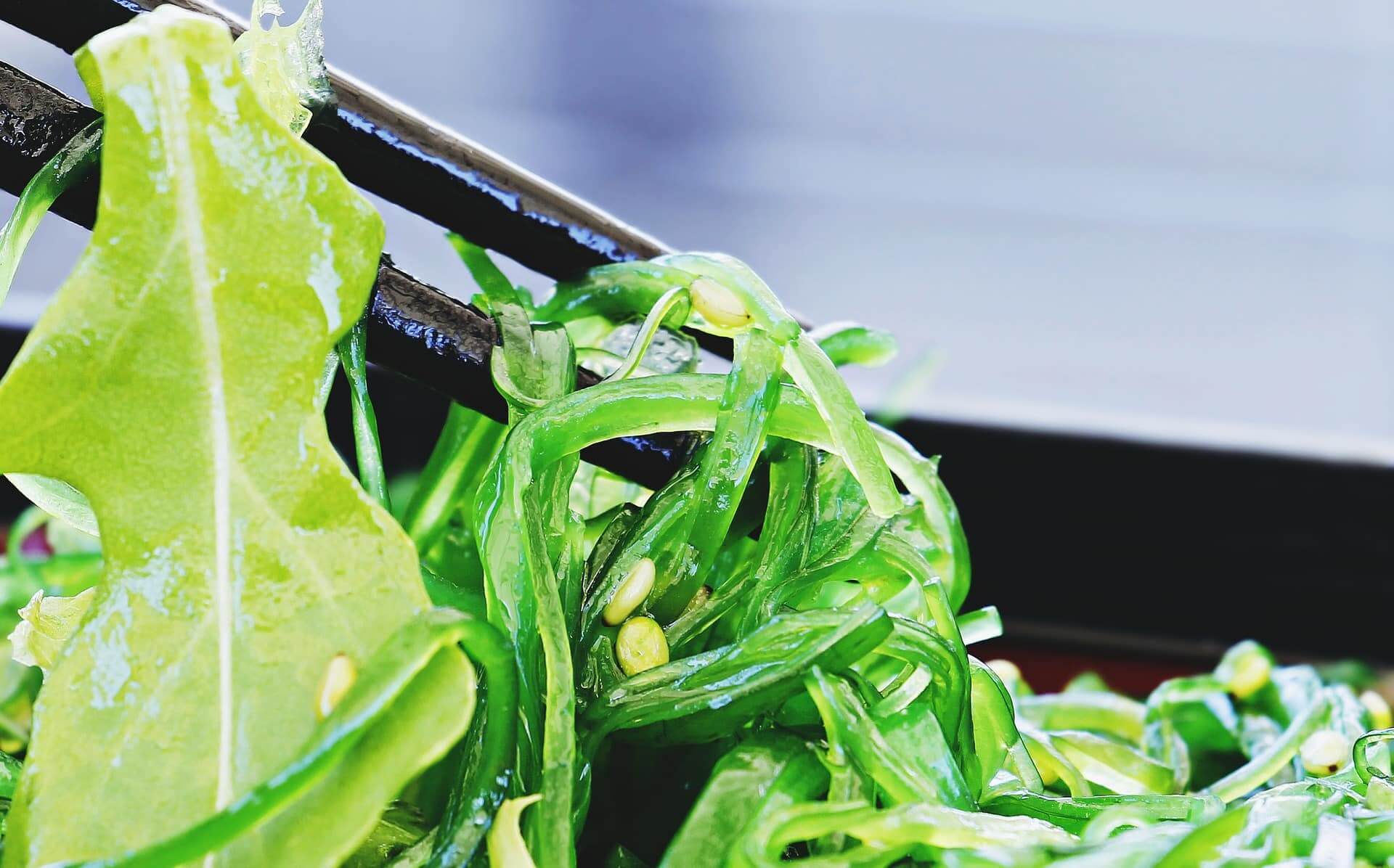
Fresh seaweed should be handled and prepared like other leafy greens. Wash fresh seaweed under running water before consuming or preparing it. Keep fresh seaweed stored in the refrigerator.
Dried seaweed should be kept in an airtight container after opening. Follow the expiration dates listed on the package for maximum freshness.
FAQs on Seaweed
1. How much seaweed can you eat?
The main concern for eating too much seaweed is excess iodine consumption. For healthy individuals without a thyroid condition, the recommended daily allowance for iodine for adults 19 years and older is 150 micrograms, and the upper limit is 1,100 micrograms.
- Nori contains 37 mcg of iodine per gram
- Wakame contains 139 mcg of iodine per gram
- Kombu contains 2,523 mcg of iodine per gram
2. Does eating seaweed affect intestinal motility?
Seaweed is high in fiber, so it may affect intestinal motility. Fiber tends to slow gastric emptying in healthy individuals.
3. Is seaweed beneficial for the skin?
Seaweed is a popular hydrating ingredient in skincare products. Seaweed is a humectant and draws moisture into skin cells, while polysaccharides absorb water and bring it to the skin. It can provide long-lasting hydration for the skin.
Learn More About Healthy Nutrition with Signos’ Expert Advice
Signos CGM empowers you to improve your health by keeping track of your diet, exercise, sleep habits, and blood sugar. A continuous glucose monitor can give you specific information about how your habits are affecting your health.
Find out if Signos is a good fit for you by taking a quick quiz.
- Item 1
- Item 2
- item 3
Topics discussed in this article:
References
- Fooddata Central Search Results. FoodData Central. https://fdc.nal.usda.gov/fdc-app.html#/food-details/170495/nutrients. Accessed December 30, 2022.
- Fooddata Central Search Results. FoodData Central. https://fdc.nal.usda.gov/fdc-app.html#/food-details/170496/nutrients. Accessed December 30, 2022.
- Tovo-Neto A, da Silva Rodrigues M, Habibi HR, Nóbrega RH. Thyroid hormone actions on male reproductive system of teleost fish. Gen Comp Endocrinol. 2018;265:230-236. doi:10.1016/j.ygcen.2018.04.023
- Mourouzis I, Politi E, Pantos C. Thyroid hormone and tissue repair: new tricks for an old hormone?. J Thyroid Res. 2013;2013:312104. doi:10.1155/2013/312104
- Kapil U. Health consequences of iodine deficiency. Sultan Qaboos Univ Med J. 2007;7(3):267-272.
- de Jesus Raposo MF, de Morais AM, de Morais RM. Emergent Sources of Prebiotics: Seaweeds and Microalgae. Mar Drugs. 2016;14(2):27. Published 2016 Jan 28. doi:10.3390/md14020027
- Holscher HD. Dietary fiber and prebiotics and the gastrointestinal microbiota. Gut Microbes. 2017;8(2):172-184. doi:10.1080/19490976.2017.1290756
- Chen L, Xu W, Chen D, et al. Digestibility of sulfated polysaccharide from the brown seaweed Ascophyllum nodosum and its effect on the human gut microbiota in vitro. Int J Biol Macromol. 2018;112:1055-1061. doi:10.1016/j.ijbiomac.2018.01.183
- O'Sullivan L, Murphy B, McLoughlin P, et al. Prebiotics from marine macroalgae for human and animal health applications. Mar Drugs. 2010;8(7):2038-2064. Published 2010 Jul 1. doi:10.3390/md8072038
- de Jesus Raposo MF, de Morais AM, de Morais RM. Emergent Sources of Prebiotics: Seaweeds and Microalgae. Mar Drugs. 2016;14(2):27. Published 2016 Jan 28. doi:10.3390/md14020027
- Maeda H, Hosokawa M, Sashima T, Funayama K, Miyashita K. Fucoxanthin from edible seaweed, Undaria pinnatifida, shows antiobesity effect through UCP1 expression in white adipose tissues. Biochem Biophys Res Commun. 2005;332(2):392-397. doi:10.1016/j.bbrc.2005.05.002
- Lo BC, Chen GY, Núñez G, Caruso R. Gut microbiota and systemic immunity in health and disease. Int Immunol. 2021;33(4):197-209. doi:10.1093/intimm/dxaa079
- Taboada C, Millán R, Míguez I. Composition, nutritional aspects and effect on serum parameters of marine algae Ulva rigida. J Sci Food Agric. 2010;90(3):445-449. doi:10.1002/jsfa.3836
- Li B, Lu F, Wei X, Zhao R. Fucoidan: structure and bioactivity. Molecules. 2008;13(8):1671-1695. Published 2008 Aug 12. doi:10.3390/molecules13081671
- Magalhaes KD, Costa LS, Fidelis GP, et al. Anticoagulant, antioxidant and antitumor activities of heterofucans from the seaweed Dictyopteris delicatula. Int J Mol Sci. 2011;12(5):3352-3365. doi:10.3390/ijms12053352
- Montero L, Del Pilar Sánchez-Camargo A, Ibáñez E, Gilbert-López B. Phenolic Compounds from Edible Algae: Bioactivity and Health Benefits. Curr Med Chem. 2018;25(37):4808-4826. doi:10.2174/0929867324666170523120101
- Luthuli S, Wu S, Cheng Y, Zheng X, Wu M, Tong H. Therapeutic Effects of Fucoidan: A Review on Recent Studies. Mar Drugs. 2019;17(9):487. Published 2019 Aug 21. doi:10.3390/md17090487
- Oguntibeju OO. Type 2 diabetes mellitus, oxidative stress and inflammation: examining the links. Int J Physiol Pathophysiol Pharmacol. 2019;11(3):45-63. Published 2019 Jun 15.
- Mikami K, Hosokawa M. Biosynthetic pathway and health benefits of fucoxanthin, an algae-specific xanthophyll in brown seaweeds. Int J Mol Sci. 2013;14(7):13763-13781. Published 2013 Jul 2. doi:10.3390/ijms140713763
- Ryu B, Kim YS, Jeon YJ. Seaweeds and Their Natural Products for Preventing Cardiovascular Associated Dysfunction. Mar Drugs. 2021;19(9):507. Published 2021 Sep 7. doi:10.3390/md19090507
- Akbarzadeh S, Gholampour H, Farzadinia P, et al. Anti-diabetic effects of Sargassum oligocystum on Streptozotocin-induced diabetic rat. Iran J Basic Med Sci. 2018;21(3):342-346. doi:10.22038/IJBMS.2018.25654.6329
- Zava TT, Zava DT. Assessment of Japanese iodine intake based on seaweed consumption in Japan: A literature-based analysis. Thyroid Res. 2011;4:14. Published 2011 Oct 5. doi:10.1186/1756-6614-4-14
- Khandaker MU, Chijioke NO, Heffny NAB, et al. Elevated Concentrations of Metal(loids) in Seaweed and the Concomitant Exposure to Humans. Foods. 2021;10(2):381. Published 2021 Feb 10. doi:10.3390/foods10020381
- Cherry P, O'Hara C, Magee PJ, McSorley EM, Allsopp PJ. Risks and benefits of consuming edible seaweeds. Nutr Rev. 2019;77(5):307-329. doi:10.1093/nutrit/nuy066
- Rubio C, Napoleone G, Luis-González G, et al. Metals in edible seaweed. Chemosphere. 2017;173:572-579. doi:10.1016/j.chemosphere.2017.01.064

